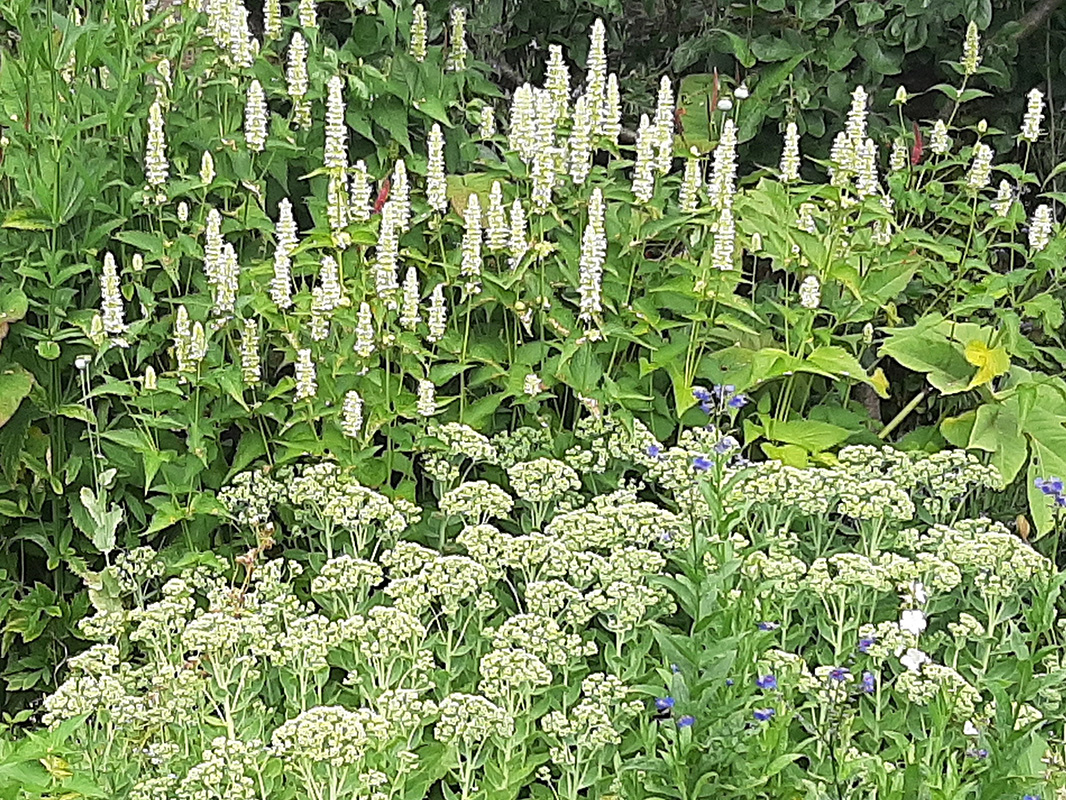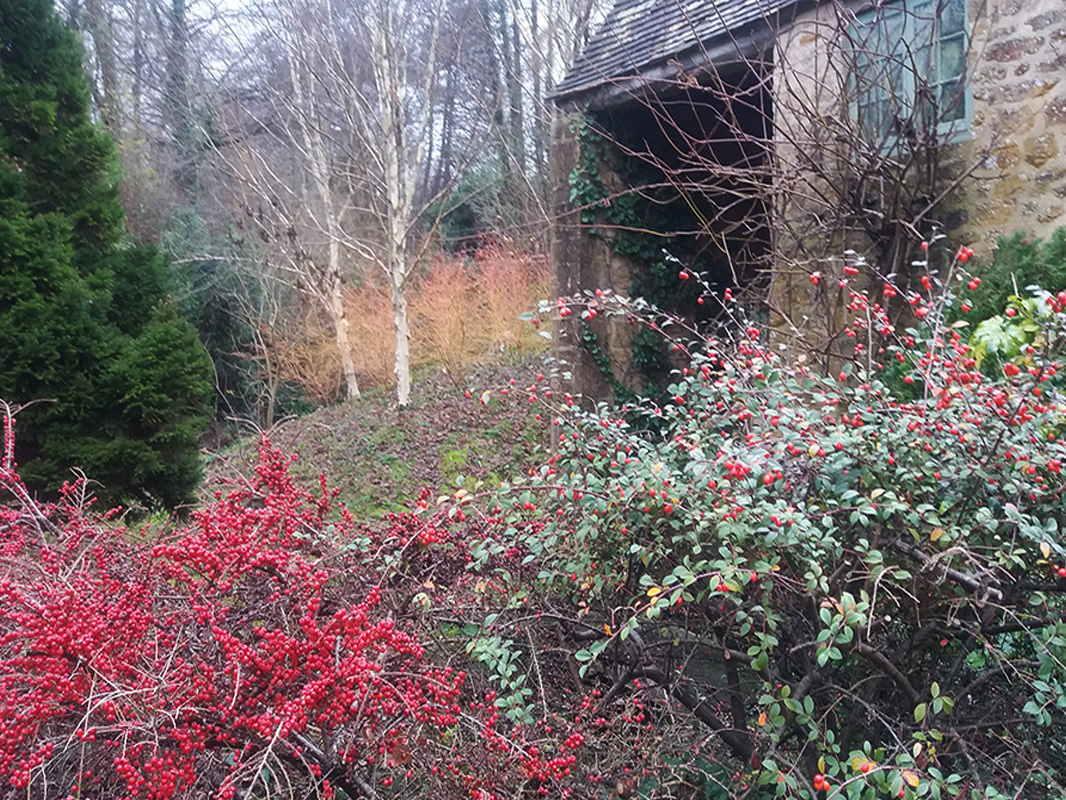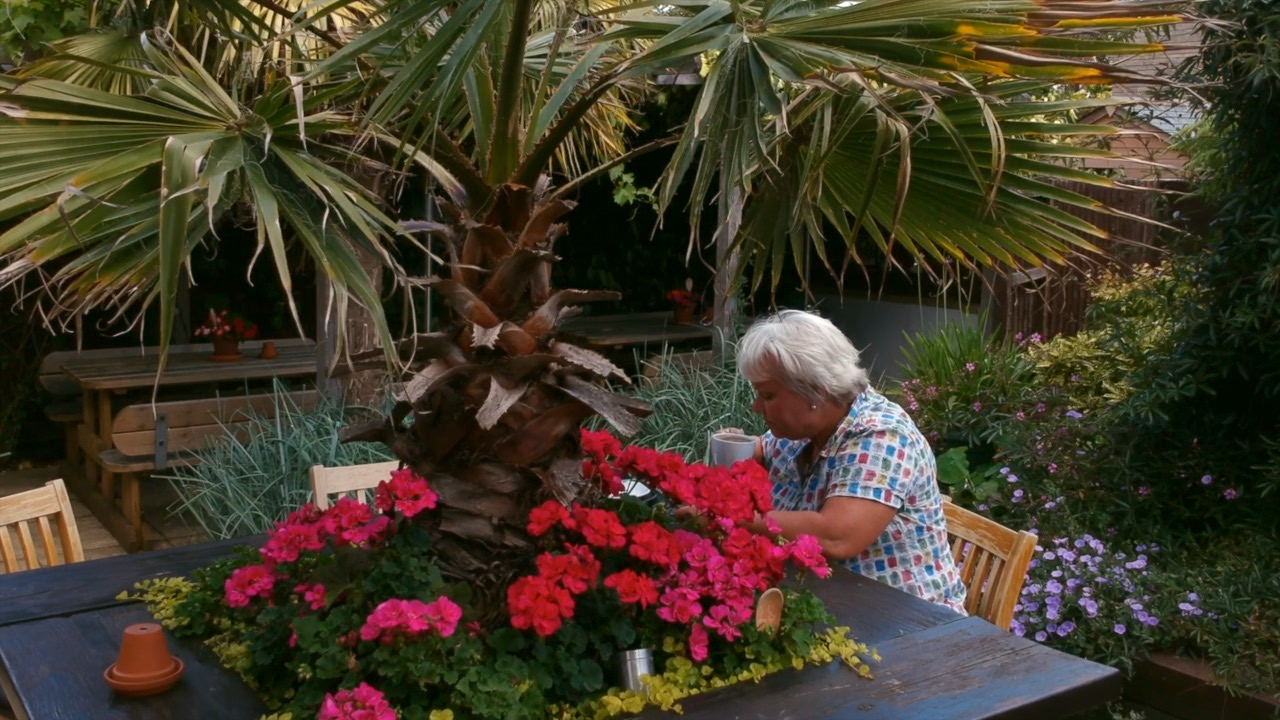The first seeds on the windowsill
It’s the day after Boxing Day and the turkey is in tatters.
I am wandering aimlessly through the house with nothing better to do than finish up random chunks of cheese. My thoughts are returning to the garden. It is Twixtmas, that awkward few days between Christmas and New Year, when I can’t settle to anything much.
I am impatient to start the year’s sowing. I shall restrain myself, as too many seeds sown early mean that by the beginning of March I have run out of windowsill space long before it is warm enough to put cossetted seedlings into a cold greenhouse or frame.
According to my long-suffering partner, the kitchen draining board is no place for sowing seeds, especially as I have a potting bench in the shed. But, baby, it’s cold outside! I fill up a few 9cm square pots and stash them by the back door. I bring them in 2 at a time and sow them while Himself is watching telly, and wash the evidence down the plughole.
It is very soothing to begin my gardening year this way. I pat down the compost firmly, taking my time to get the surface level. A heaped pot firms down nicely to about a centimetre below the rim. It is worth treating yourself to decent seed and cutting compost. One year I economised with 3–bags-for-a-tenner compost and the lumpiness was too irritating, so I ended up riddling a whole batch and adding sand, which was hardly an economy of time.
Next, I water the pots under a dribbling tap – it is an art to move the pot to and fro so the compost is fully wetted but undisturbed. Watering before sowing means the seeds can be placed precisely – I find this unnecessary accuracy most soothing. Once drained, I sow the seeds, but only about 30 per pot which ensures that they will grow thinly with no seeds wasted. A sprinkle of dry compost on top of the seeds, a neatly written label inserted, and the pots are placed on the windowsill propagator. Instead of pricking out over-crowded seedlings, the whole pot can be planted out into a seedbed in March undisturbed.
I sow only onions and leeks at this time. They do not mind growing on slowly once they have germinated, but benefit from a long season of root establishment. Last year I looked in vain for Kelsea onion seed, a sure-fire winner on the show bench, so I grew Bedfordshire Champion instead. They were transplanted from their seedbed in May, and grew to the size of a grapefruit by harvest time in mid-August.
I have always grown Musselburgh leeks for winter use, but last year also grew Jolant, an early leek. I sowed the seeds 9 to 7cm re-used alpine pots, and planted whole potfuls at 15cm intervals in shallow trenches in April. I earthed them up lightly in June and by mid-July they made clumps of pencil to finger size leeks, and the whole clump could be harvested for use, a welcome addition to second early Charlotte steamed and crushed potatoes, with irresponsible quantities of butter. This was an experiment worth repeating.
I shall look more keenly this year at leeks varieties and try more new ones. However I rather think they will vary in season and appearance but not so much in taste.
Tomatoes are very variable in taste, colour, shape and size. It is another crop that benefits from an early start, or you may not start harvesting until the autumn. However, they do not enjoy hanging around in the cold and dark after germinating and are apt to grow blue and lanky before it is safe to put them outside. I found this out one January – I now wait until early March to sow them, and remind myself not to put them in the red mite infested conservatory, which stunted their growth a great deal last spring.
These early pots are sown 2 at a time, not only for domestic subterfuge, but to prevent there being a glut of seedlings needing to be dealt with all at once in spring, when there is so much else to do. When there is a dry day in early January I shall plant shallots outside, but until then, I’ll just have a bit more cheese…



